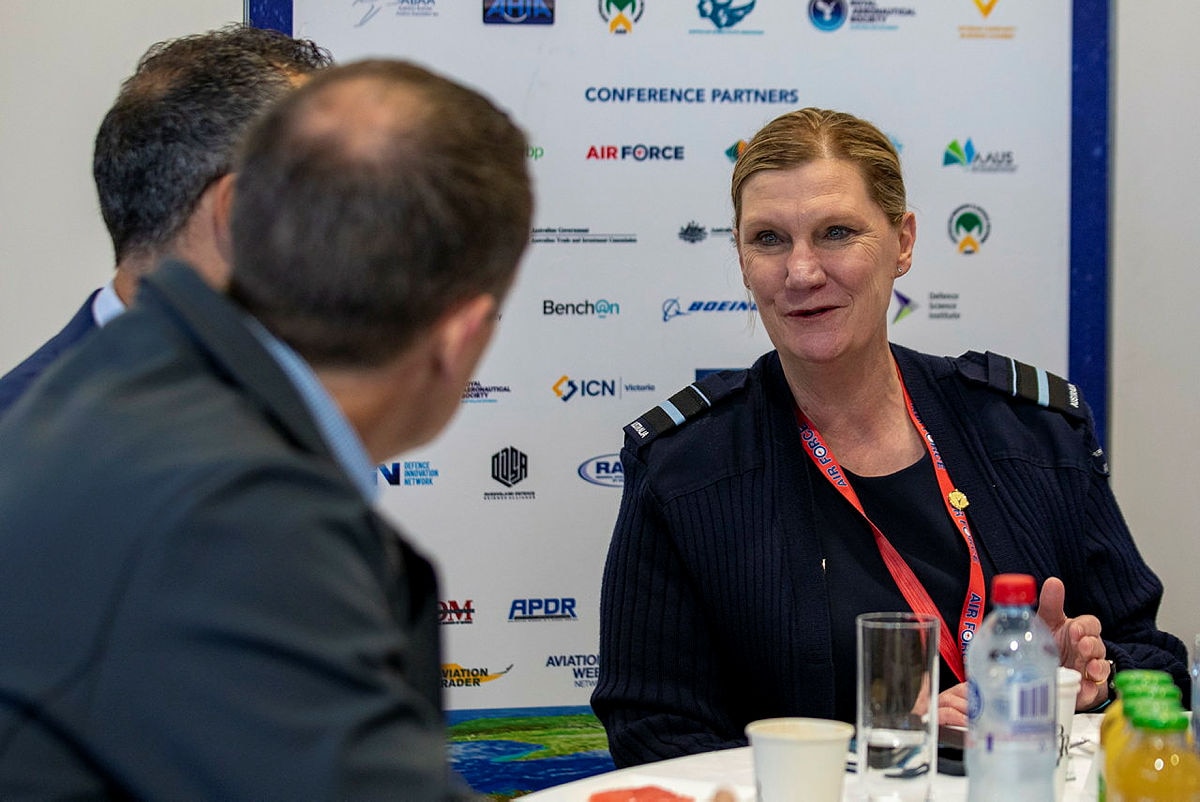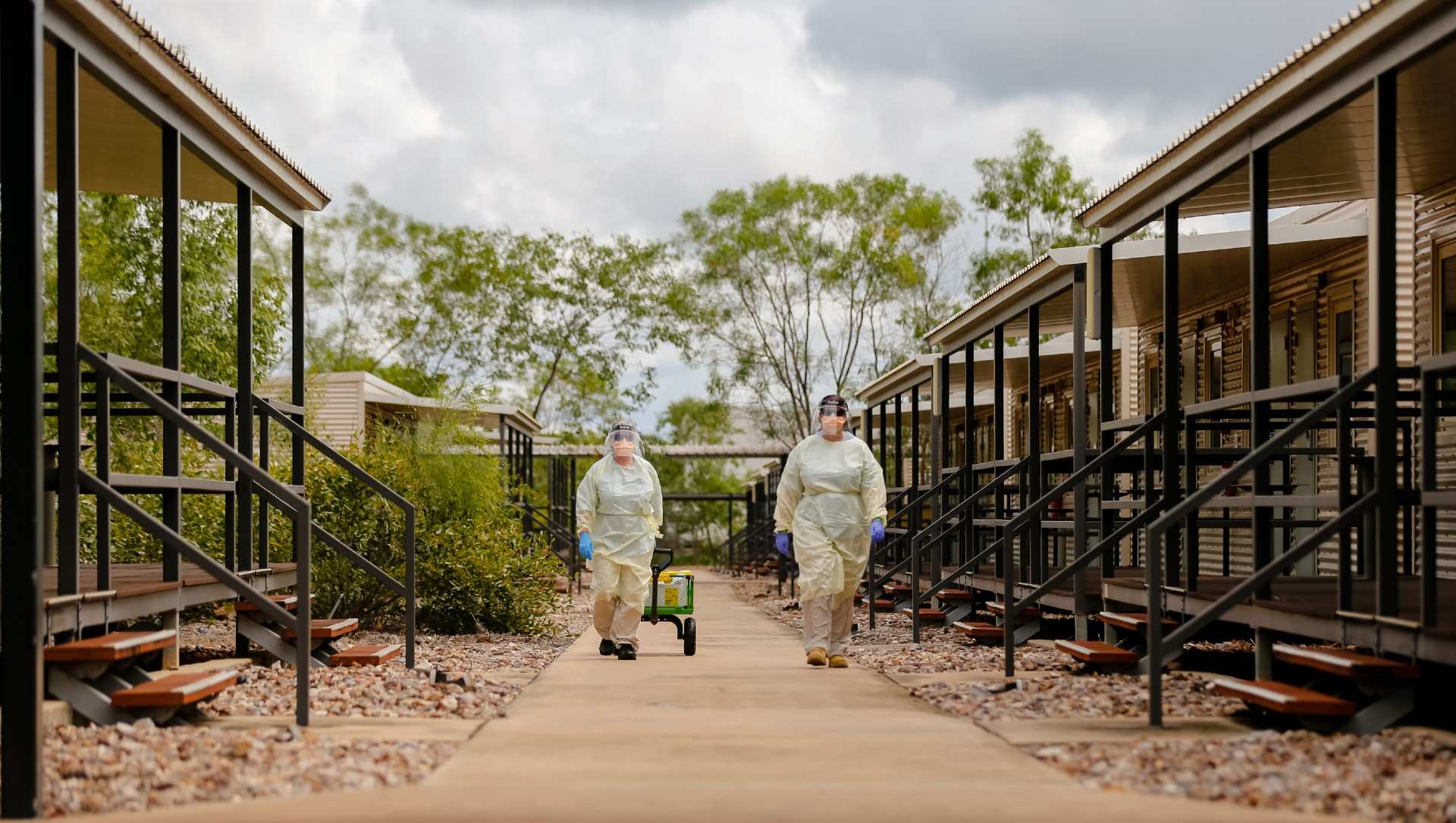
once again, our strategic direction dovetails perfectly to USA demands

once again, our strategic direction dovetails perfectly to USA demands

First contracts have been awarded for construction of a $120m bulk fuel storage facility at RAAF Base Tindal.
California joint venture Nova Nacap was awarded the US$80m contract to construct two jet fuel storage tanks at Tindal.
As well as the tanks, the works contract includes construction of an aircraft liquid fuel truck fill stand, fuel unloading stand, pump houses and filter building.
The tanks are being built in part to provide fuel for expected B-52 deployments by the United States into Australia.
Work is expected to get under way next year and be completed by February 2025.

Hospitality NT, which represents many of Darwin's hotels, said demand during the dry season is so strong that hotel rooms will be filled by tourists even if military personnel are housed at Howard Springs. "During the dry season, any large surge in military or government can absolutely impact other tourists," the organisation's CEO Alex Bruce said.
Secretary of Defense Lloyd Austin said Tuesday that the US will increase its military presence in Australia in a buildup aimed at China.
In a joint press conference with Australia’s defense minister and foreign minister, Austin said that the US will increase its rotational forces in Australia. “That includes rotations of bomber task forces, fighters, and future rotations of US Navy and US Army capabilities,” Austin said.
Many countries in the region are not eager to get on board with the US’s confrontational approach to China. The prime minister of Papua New Guinea said this week that his country can’t afford to get caught between the US and China and said he told the US your “enemy is not my enemy.”
Indonesia’s president expressed similar concerns during a meeting of the Association of Southeast Asian Nations (ASEAN) in November, saying the ASEAN must not let the region turn into a frontline for a new Cold War.
Details on the rotational deployments aren’t clear, but they will likely focus on the Australian city of Darwin in the Northern Territory, where US Marines have been rotating through for years.

The UK defence secretary, Ben Wallace, will join Marles and Austin for a first meeting of the Aukus defence ministers on Thursday.